Rainy Season in Japan - June 2025: Regional Breakdown

Japan's rainy season starts in May in Okinawa and ends in July in the northern regions. During this season, the country has many days with rainfall and cloudy weather. In this article, we introduce the typical duration of the rainy season in each region plus the forecast for 2025.
Japan's Rainy Season: Late May - June 2025
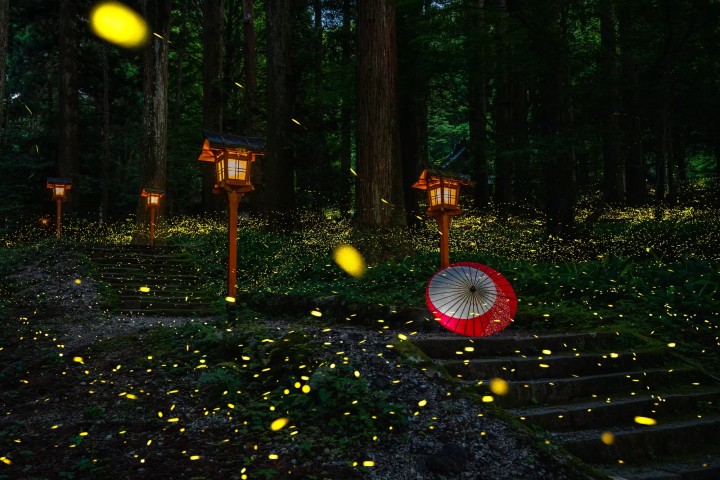
Photo by Pixta
When planning your trip to Japan, The rainy season is something you should take into consideration. Lasting from late May to July, it's a season with frequent rainfall and cloudy days across the entire country.
In this article, we created a guide that covers the typical start and end of the rainy season in each area of Japan based on regional forecasts for 2025.
* There is no rainy season in Hokkaido and Tokyo's Ogasawara Islands.
The Beginning of the Rainy Season by Region in 2025
1. Okinawa: The First Half of May
2. Kagoshima (Southern Kyushu): Late May
3. Fukuoka (Northern Kyushu): The First Half of June
4. Hiroshima: The First Half of June
5. Kyoto and Osaka: The First Half of June
6. Nagoya: The First Half of June
7. Tokyo: The First Half of June
8. Kanazawa: From Mid-June
9. Sendai: From Mid-June
10. Aomori (Northern Japan): From Mid-June
Read also
1. Okinawa: The First Half of May
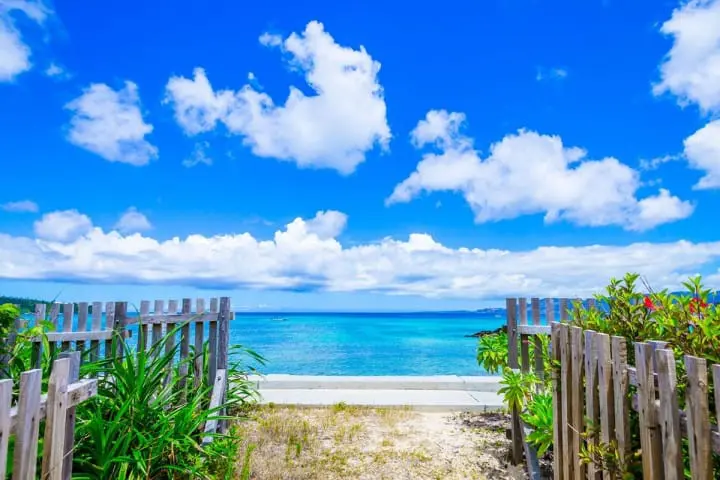
An Okinawan beach known as one of Japan’s leading resorts
The rainy season arrives the earliest in Okinawa Prefecture located at the southernmost tip of Japan. It is attractive for its beautiful beaches, but those who visit Okinawa between May and June shouldn’t forget to prepare proper rain gear.
Typical: Rainy season starts around May 10 and ends around June 21
2025: Rainy season start date has yet to be announced
MATCHA currently offers 10% discount coupons for Nissan Rent a Car and Nippon Rent-A-Car!
Read also
Kagoshima (Southern Kyushu): Late May

Sakurajima, the symbol of Kagoshima Prefecture
Kagoshima Prefecture is located on the southern tip of Kyushu. It’s an area rich with nature that’s also famous for its hot springs. The seasonal rain front moves north from Okinawa Prefecture, bringing the rain to this prefecture.
Typical: Rainy season starts around May 30 and ends around July 15
2025: The rainy season started on May 16 in southern Kyushu.
Fukuoka (Northern Kyushu): The First Half of June
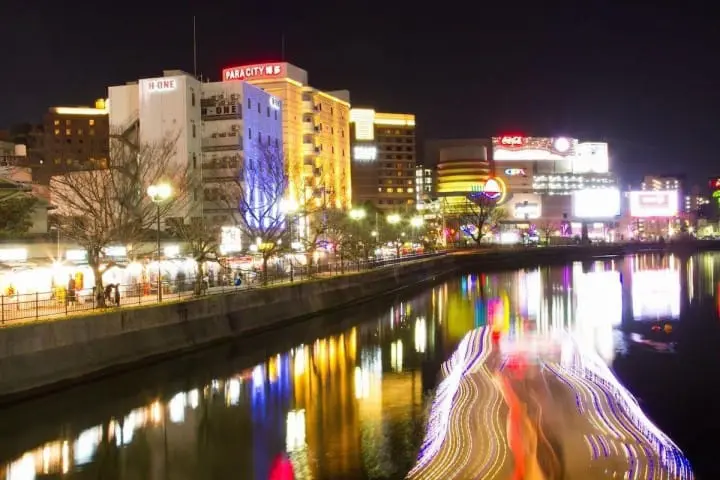
Nakasu Street Food Stalls, a famous specialty in Fukuoka
The start of the rainy season in Fukuoka, where many travelers from other parts of Asia like to visit, is in early June. Fukuoka’s famous food stalls may not operate in the event of heavy rain.
Typical: Rainy season starts around June 4 and ends around July 19
2025: Rainy season start date has yet to be announced
Perfect for rainy days!
Hiroshima: The First Half of June
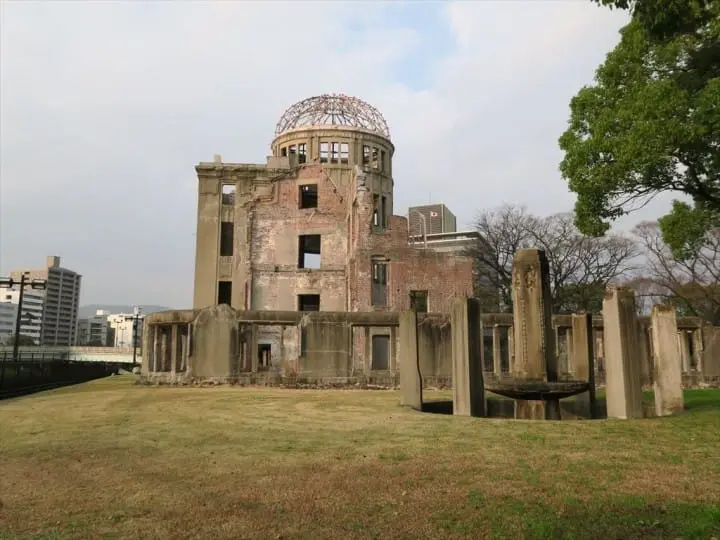
A-Bomb Dome, a surviving atomic bomb site
Hiroshima, like Fukuoka, has a rainy season that starts in early June. West Japan relatively enters the rainy season at around the same time.
Typical: Rainy season starts around June 6 and ends around July 19
2025: Rainy season start date has yet to be announced
Read also
Kyoto: The First Half of June
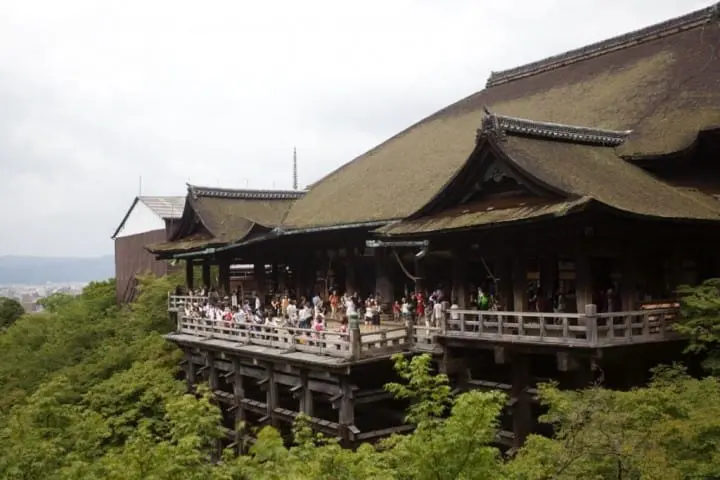
Kiyomizu-dera Temple, which provides an unbroken view of Kyoto City
Kyoto, Japan’s ancient capital, enters the rainy season in early June. Sightseeing might be difficult to do in the rain, however there is a unique atmosphere to seeing temples wet in the rain.
Typical: Rainy season starts around June 6 and ends around July 19
2025: Rainy season start date has yet to be announced
Read also
Nagoya: The First Half of June
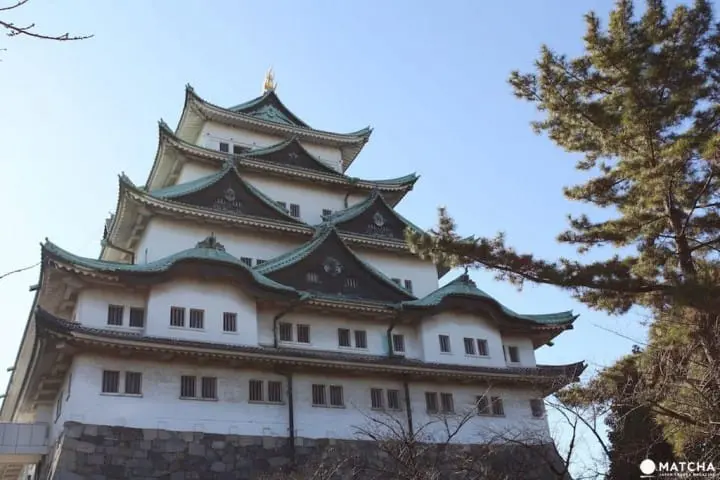
Nagoya Castle which is known for its golden shachihoko sculpture
Nagoya also enters the rainy season at the start of June. We recommend sightseeing indoor facilities like Nagoya Castle and the Tokugawa Art Museum.
Typical: Rainy season starts around June 6 and ends around July 19
2025: Rainy season start date has yet to be announced
Read also
Tokyo: The First Half of June
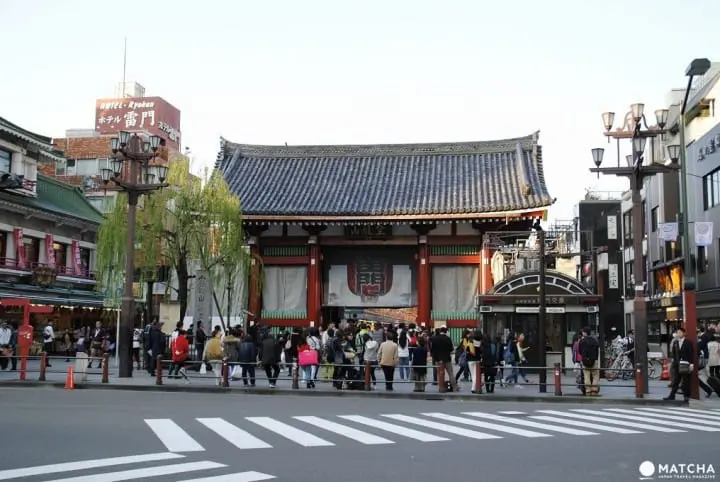
Sensoji Temple, visited by international travelers every day
Tokyo enters the rainy season around early June. There are multiple ways to enjoy yourself even if it rains, including going to see the hydrangeas and buying rain gear.
Typical: Rainy season starts around June 8 and ends around July 19
2025: Rainy season start date has yet to be announced
Multiple indoor activities at a discount, ideal for rainy days!
Read also
Kanazawa (Hokuriku Region): Mid-June
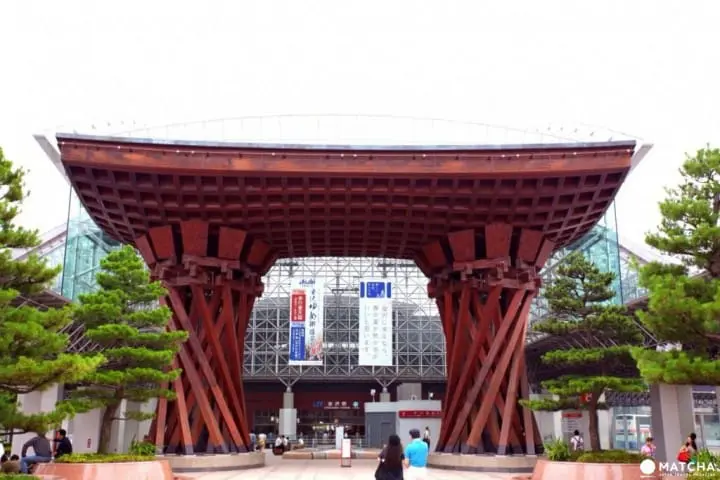
Tsuzumi Gate in front of Kanazawa Station
The rainy season begins in Kanazawa around mid-June. The start of the rainy season will become later and later from this area onwards.
Typical: Rainy season starts around June 12 and ends around July 24
2025: Rainy season start date has yet to be announced
Read also
Sendai: Mid-June
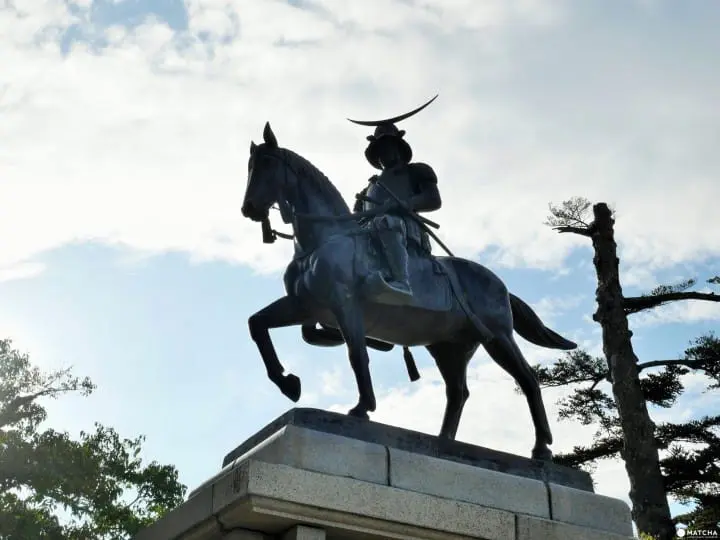
Sendai, like Kanazawa, enters the rainy season in mid-June. Once the rainy season ends, it will be the season for Sendai’s famous Sendai Tanabata Festival (Japanese) about a week or two later.
Typical: Rainy season starts on June 12 and ends on July 25
2025: Rainy season start date has yet to be announced
Aomori: Mid-June
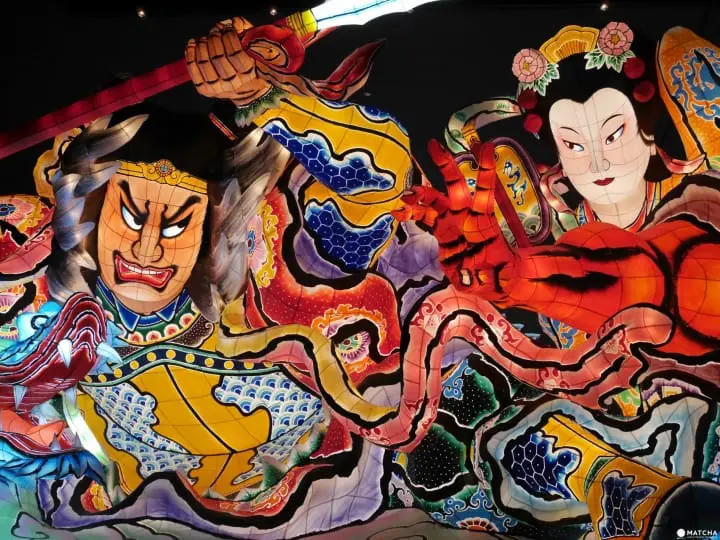
Aomori Nebuta Festival, one of the three largest Tohoku festivals
Aomori also enters the rainy season in mid-June. When the rainy season ends, the famous Aomori Nebuta Festival will soon begin.
Typical: Rainy season starts around June 14 and ends around July 28
2025: Rainy season start date has yet to be announced
Read also
Enjoy Hydrangeas, the Flowers of the Rainy Season
During the rainy season, you might tend to feel down because of the gloomy weather. Hydrangeas, a flower that blooms during the rainy season, is something to look forward to during this season.
You'll find many famous destinations for hydrangeas across Japan, including Kamakura and Kyoto. How about appreciating beautiful flowers that can only be enjoyed during the rainy season?
Read also
Reference: Japan Meteorological Agency
旅行が好きです!取材を通して、自分自身、日本の魅力を発見していきたいです!





























































![[2026] Family Winter Trip to Suzuka Circuit! – For Both Day trips and Overnight Stays!](https://resources.matcha-jp.com/resize/720x2000/2025/12/26-254097.webp)
![[Northern Okinawa] 4 Recommended Cosmos Fields in Okinawa | Sunflowers and Cherry Blossoms in the Same Season!](https://resources.matcha-jp.com/resize/720x2000/2024/08/12-192028.webp)


